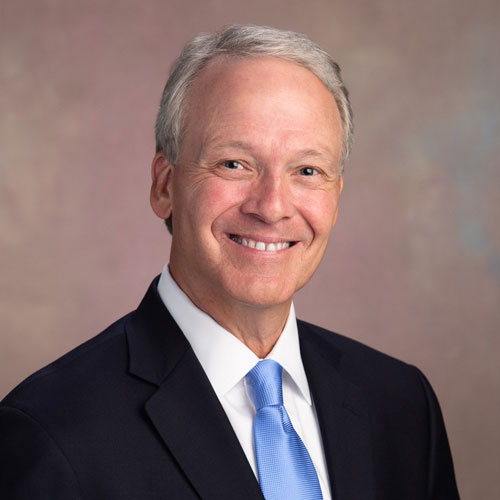Boards of directors
Directors play a critical role in the effective functioning of the Federal Reserve System. They provide a link between the Fed and the public, and their insights help inform monetary policy deliberations.
Meet the directors who supervise the Federal Reserve Bank of Dallas and those who serve on our three branch boards.
Dallas Fed and branch board members represent a wide range of industries and communities in our region. Director selection is guided by provisions of the Federal Reserve Act.
The selection process for members of the Reserve Bank board of directors at our head office in Dallas is different from that for our branch boards in El Paso, Houston and San Antonio.
The Federal Reserve Act provides that Reserve Bank directors are divided into three classes—Class C, Class B and Class A—of three directors each.
The Federal Reserve Board of Governors appoints Class C directors to represent the public and designates a chair and deputy chair for each Reserve Bank board from among the Class C directors. A Class C director may not be an officer, director, employee or stockholder of any bank, or bank, financial or thrift holding company.
Banks that are members of the Federal Reserve System elect Class B and Class A directors. For the Dallas Fed, these directors are elected by member banks in the Eleventh Federal Reserve District. See our list of member banks
Class B directors are elected to represent the public, and they may not be officers, directors or employees of any bank.
Class A directors are elected to represent the member banks. They are prohibited from participating in the appointment of Reserve Bank presidents and first vice presidents; in addition, they may not participate in the selection, appointment or compensation of any Reserve Bank officers whose primary duties involve supervisory matters.
Class B and Class C directors are selected to represent the public with due, but not exclusive, consideration to the interests of agricultural, commerce, industry, services, labor and consumers.
Each branch office has its own board of directors, and all branch directors are appointed.
Unlike Reserve Bank directors, branch directors are not divided into different classes. However, there are different eligibility requirements, depending on whether they are appointed by the Reserve Bank or the Federal Reserve Board of Governors.
A majority of directors on a branch board are appointed by the Reserve Bank and may provide banking or public perspectives. The remaining directors are appointed by the Federal Reserve Board and must provide public perspectives. The branch board chair is selected from the directors appointed by the Federal Reserve Board.
Each branch board in the Eleventh District has seven members.
Under the Federal Reserve Act, each Federal Reserve Bank is subject to the supervision of a nine-member board of directors, and each branch office of a Reserve Bank has its own board of directors.
All Federal Reserve directors provide insights to help inform the monetary policy deliberations of the Federal Open Market Committee. They are expected to contribute to the Fed’s understanding of the economic conditions of their districts and the effect of those conditions on the economy as a whole. In addition to gathering economic information from their districts, directors also help communicate Federal Reserve System policies and decisions in their communities.
In addition, head-office directors are responsible for supervising the administration of their Reserve Bank’s operations, overseeing the corporate governance function, and maintaining an effective system of internal auditing procedures and controls.
Federal Reserve Board of Governors policy prohibits Reserve Banks from providing confidential supervisory information to any director and excludes all directors from participating in any bank supervisory matters.





























